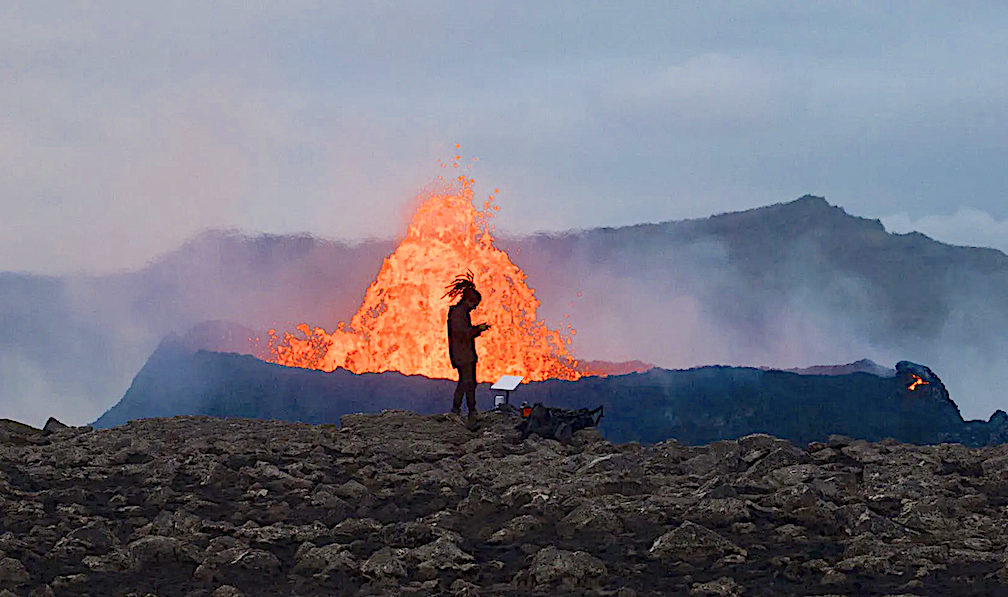
Celebrating people using Starlink in interesting ways — epic and everyday.
SpaceX’s Starlink broadband system is testing its Direct-to-Cellular (D2C) satellite phone system in Romania, designed to show that Starlink satellites can operate at up to eight times the capacity currently allowed by the ITU’s EPFD (Equivalent Power Flux Density) limits, while still protecting geostationary satellites.
Starlink’s D2C proposals are highly controversial, and many terrestrial cellular operators are vigorously objecting to Starlink’s plans.

Additionally, tests are taking place in three western U.S. states with permission from the FCC. Further tests will take place in Japan. The FCC stated, “All communications by SpaceX satellites with Earth stations in Japan must operate in compliance with any and all laws, regulations, and requirements applicable to such operations in the territories of the Japanese administration.”
AST SpaceMobile has signed up Japanese telco Rakuten to its planned direct-to-smartphone service. Rakuten says it will deploy AST services starting in 2026. Rakuten joins Vodafone, AT&T and Google to AST SpaceMobile’s growing club of telcos promising a satellite-based service. Other members of the club include Bell Canada and American Tower and a total of 40 (mostly unspecified) other telcos.
Rakuten’s CEO Hiroshi Mikitani, speaking at a launch event in Tokyo, said, “I want to make the physical, geographical coverage 100 percent for Japan. People will be able to make direct phone calls from a ship or a plane.”
AST describes itself as “The first and only space-based cellular broadband network for mobile phones. Eliminating coverage gaps to enable billions of people globally to stay connected.” AST has also said that its system will permit “three-way calling.”
The U.S. tests are authorized by the FCC and taking place from the infamous Area 51 region in Nevada as well as in Oregon and Kansas.
Romania’s National Authority for Communications Administration and Regulation (ANCOM), the country’s Ministry of National Defense and SpaceX were involved in what are described as the first real-world test to demonstrate whether Starlink’s non-geostationary satellite (NGSO) systems can operate without interfering with geostationary satellite (GSO) networks, even with relaxed EPFD limits.
The Romanian regulator, decided to contribute to the ongoing EPFD studies — being carried out by the ITU. Romania reviewed the history of how EPFD limits were set 25 years ago. At that time, ANCOM said administrations agreed on an aggregate protection criterion of 10 per cent for “increased unavailability” of GSO links.
Romania’s ANCOM stated, “The data collected from the test will be transmitted to the relevant European and international bodies to be used in ongoing studies, contributing to the updating of satellite communications regulations. Romania believes that bridging the digital divide and increasing connectivity requires the shared use of geostationary and non-geostationary communication satellites.”
